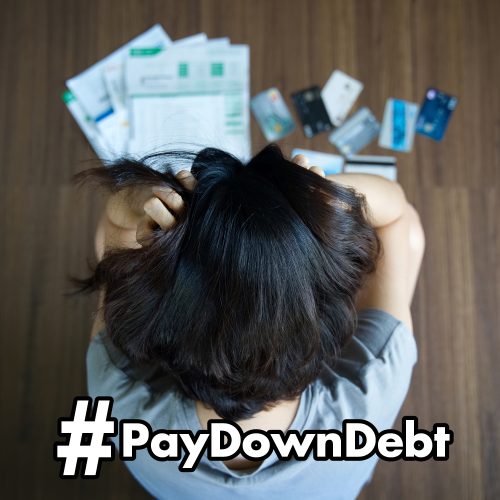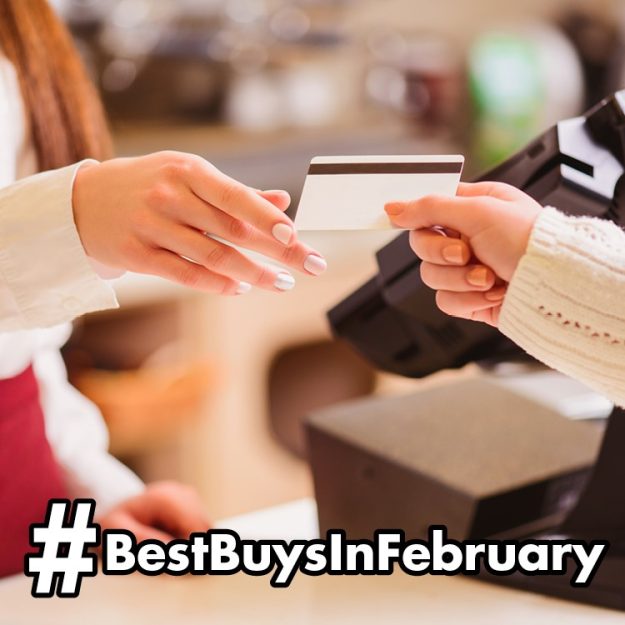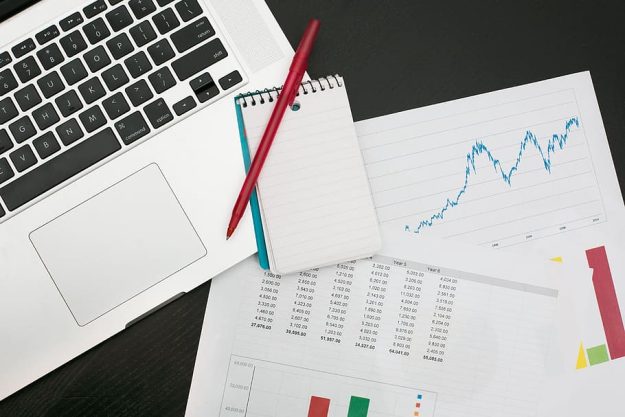12 Steps to Financial Wellness – Step 4: Have the Money Talk with Your Partner
Communicating openly about how you manage your money is a big part of having an honest and trusting relationship. Here, we’ve compiled six tips to help guide you in this super-important conversation.
1. Plan in advance
Broach the topic with your partner a few days before you want to have the “Big Money Talk” and ask if you can have an open discussion about money sometime soon. This way, you’ll both be ready to focus on the conversation and won’t be caught off-guard.
2. Start with a vision
Instead of starting the conversation by bringing up a time your partner overspent, talk about a vision you can both share. For example, you can rhapsodize about how wonderful it would be to take a luxury vacation to the Cayman Islands, or how you’d love to start saving for a home. This way, you’re putting a positive spin on your money talk, which will set the tone for the rest of the conversation.
3. Listen carefully
Your partner will have their own ideas about money management, and you may be surprised at the insights they have to share into your own spending habits or expensive vices.
4. Talk openly about sharing expenses and savings
At a certain point in your relationship, you may decide to share expenses and to pool your savings. If you plan to bring up the topic now, be sure to talk openly about the way you feel to better avoid future resentment. For example, if you earn more than your partner, should you be splitting expenses evenly? Can one partner take additional financial responsibilities in lieu of contributing an equal amount of income to the pot? All of these questions, and more, are important to discuss up front.
At this time, consider linking one of your accounts or opening a shared account at High Point Federal Credit Union.
5. Consider having a slush fund
Sometimes, you just want to splurge without having to explain the purchase. You may also want to spend money on a surprise gift for your partner without them knowing you’ve just dropped a large sum of money on something. Having a slush fund, or money set aside for your “just for fun” spending, can help you maintain a sense of independence and keep some of your purchases private. You can keep this fund in a separate checking account under your name at High Point Federal Credit Union.
6. Set up a weekly or bi-weekly time to talk money
It’s a good idea to touch base about finances once a week, or once every two weeks. You can talk about recent purchases, big expenses that are coming up soon, surprise bills and more.
Be sure to stick to your commitments and to bring up any money issues that may arise during your regular money talks for continued harmonious collaboration about all financial matters.


















